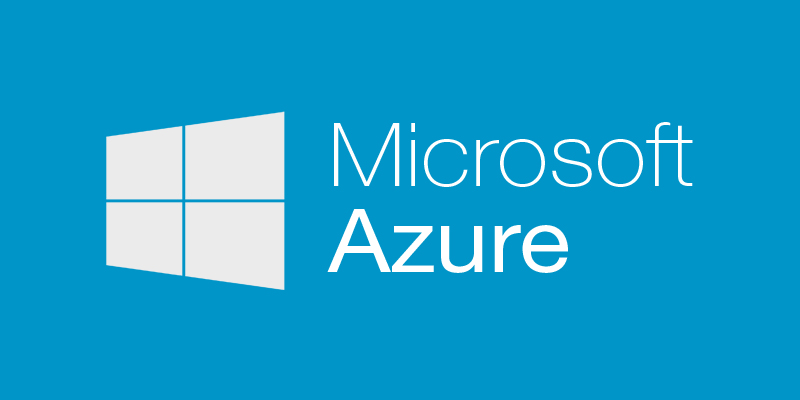Viewing AWS CloudFormation and bootstrap logs in CloudWatch
Mature cloud platforms such as AWS and Azure have simplified infrastructure provisioning with toolsets such as CloudFormation and Azure Resource Manager (ARM) to provide an easy way to create and manage a collection of related infrastructure resources. Both tool sets allow developers and system administrators to use JavaScript Object Notation (JSON) to specify resources to provision, as well as provide the means to bootstrap systems, effectively allowing for single click fully configured environment deployments.
While these toolsets are an excellent means to prevent RSI from performing repetitive monotonous tasks, the initial writing and testing of templates and scripts can be incredibly time consuming.… [Keep reading] “Viewing AWS CloudFormation and bootstrap logs in CloudWatch”

